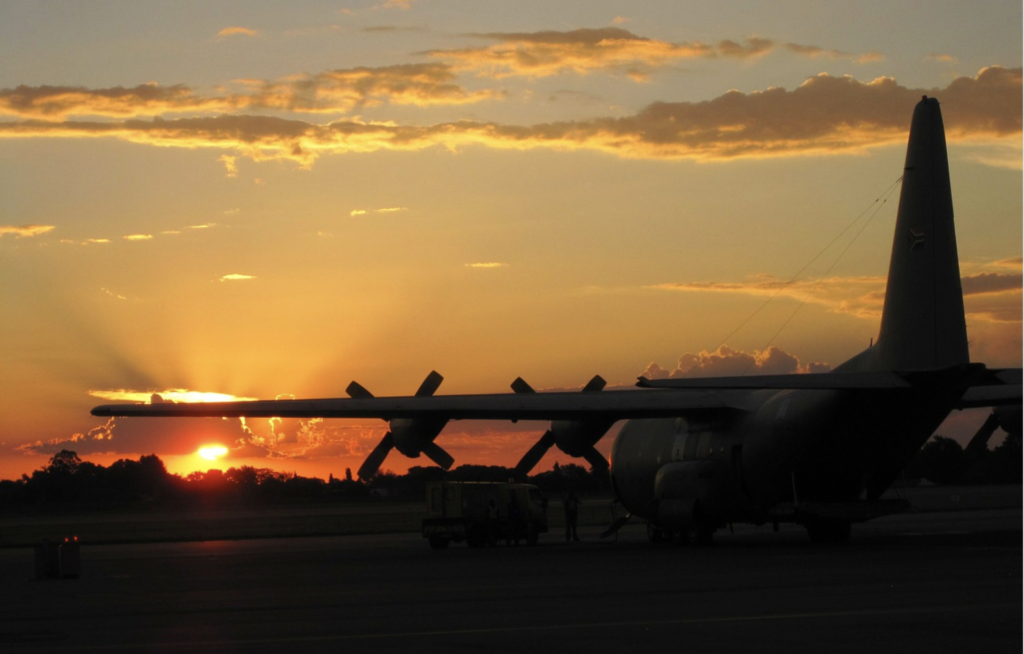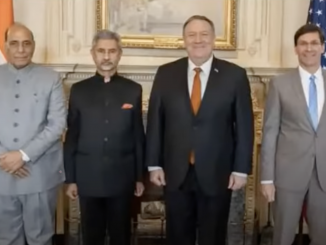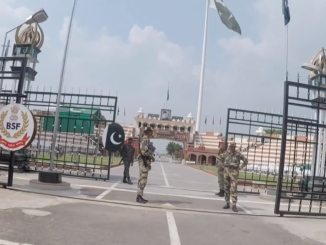
While COVID-19, the deadly Pandemic has unravelled the socio-economic foundations and norms of the international community not much has been said about the complications it has created for the militaries around the world. Military services have their ethos built on esprit-de-corps and camaraderie. The soldiers are bound in closely-knit organizational structures consisting of units, sub-units and smaller teams like guns and weapons crews, wherein they have to work in harmony and close cooperation with other team members. They live in military barracks in large numbers without any concept of private spaces usually in cramped conditions. They parade in close proximity to each other and train and operate their weapons and equipment virtually shoulder to shoulder with each other. They live day and night in confined spaces in trenches during training and war the prime example being the prolonged trench warfare in the Western theatre during the First World War. Militaries are also known to be conservative and resolutely stick to their traditions. The nature of their job is also such that unlike other professions a majority of men in uniform cannot afford to work from home, they have to be physically present where the action is. It is, therefore, hard to imagine military personnel adopting practices of self-isolation and social distancing. What challenges then the military forces will face in maintaining operational effectiveness while ensuring the health and well being of their personnel especially those trained to perform specialized tasks and cannot be easily replaced.
In the land forces, different arms and services will have a varying degree of difficulties. For instance, the tank crews and mechanized infantry will find it difficult to implement social distancing and will have to devise measures to suit their peculiar work environments while maintaining optimum operational performance. In artillery field, guns have crews of 6-8 persons each one of them performing a specific task and therefore have to be at close range to each other around the guns in their gun-pits but the problem is not as acute as the tank crews. The foot infantry does not have any comparable problems except when they have to spend long periods of time, sharing trenches or fighting bunkers as is the case along the LOC.
The Air Force and Navy both are technology intensive rather than manpower intensive services and thus have highly trained specialist personnel. In case of the air forces though maintaining safe distances at air bases may not be a big problem, ensuring the health and well being of personnel especially the fighter pilots and maintenance crews is of utmost importance to be able to perform their operational tasks as these highly trained and specialized personnel cannot be easily replaced. The Navies have problems of their own. Naval vessels usually have cramped living spaces for sailors, onboard ships of different types with submarines providing an extreme example of constricted working and living environment. Again, here the personnel are performing specialized jobs in the respective specialist fields. Additionally, when out on sea there are no base hospital or other emergency health facilities available to them.
The havoc a deadly pandemic like COVID-19 can cause aboard naval vessels first became apparent when several luxury cruise liners reported large numbers of infections amongst their passengers. Then in March 2020, a lot of people were shocked to learn that one of the most powerful military machines created by man-kind – the nuclear-powered American Aircraft carrier Theodore Roosevelt with a crew of 4800 was brought to a standstill by the insidious virus. The spread of the virus was so swift that the carrier had to be docked at Guam and forced to evacuate and quarantine hundreds of sailors. Nearly 1200 personnel tested positive and were isolated onshore for medical care. From the operational point of view, the vessel was virtually grounded for eight weeks, had to be extensively cleaned up and had to spend another two weeks for training and certification before regaining its operational capability. One can imagine the consequences if a similar incident had happened during a crisis or in the midst of an operation. In America’s case, they have a total of 11 aircraft carriers, however, the crisis was of entirely different proportions when the only French aircraft carrier Charles De-Gaulle was afflicted by the COVID-19 which affected 60% of its crew – around 1200 out of 1800. The ship had to be called back to home port cutting short its operational and training mission and leaving France with no alternative option especially because this carrier is an important part of France’s nuclear deterrent capability carrying nuclear-capable Rafale aircraft.
As of end June 2020, 19,000 defence personnel including military, civilian, dependents and contractors were infected by COVID-19, this also includes about 3,000 USAF personnel. Most military training institutions across the US were closed down and are reopening gradually after months of closure upsetting the training schedules. Same was the case in India. In India, a large number of military personnel on leave at their homes got stranded due to sudden lockdown imposed by the Indian government with no trains, buses or other transport available to return to their units, In Pakistan, it was for the first time in the history of Pakistan Military Academy that a passing out parade was held in April 2020 without the parents, guests and other official guests in attendance. There are other problems as well. For instance, soldiers cannot be held back from proceeding on leave for indefinite periods. When they return from leave, they would need to be tested for the virus which will entail extra costs. It is also impractical to quarantine a soldier for two weeks on return from one or two weeks leave. These are extraordinary circumstances and with no end in sight, to the ravages of COVID-19, there may be more surprises in store. It cannot be predicted with any degree of certainty as to how long the current pandemic will last and whether the lifestyle changes it has imposed on the global community will only be temporary or become a new norm. One thing is sure, however, that COVID-19 is not going to be the last pandemic and either varying strands of the same virus or an entirely new one may confront us in future. This will, therefore, necessitate that militaries around the world bring changes to their sociology, their training and their fighting methods to be better prepared to meet similar challenges in the future.
![]()




Be the first to comment